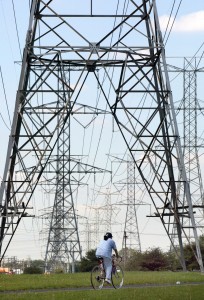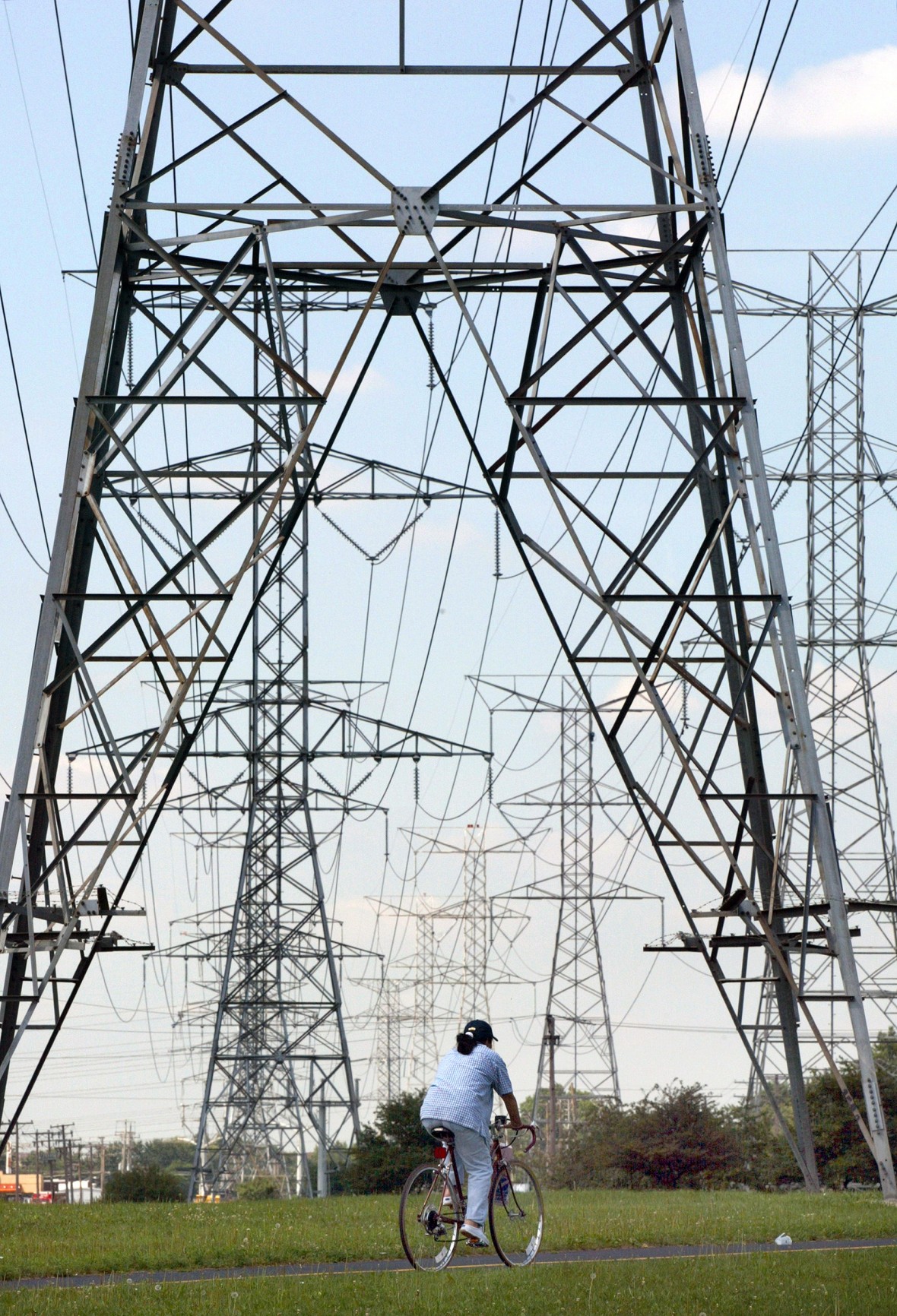
Getting Cheap Wind Power Where It’s Needed Shouldn’t Be This Hard
Getting Cheap Wind Power Where It’s Needed Shouldn’t Be This Hard
State regulators have blocked several big transmission projects to bring wind power to the upper Midwest and the Southeast.
The wind power industry had another banner year in 2015, and the outlook for the future is strong. The U.S. Department of Energy’s national wind-power plan calls for wind to supply 20 percent of the country’s electricity by 2030, up from less than 5 percent today.
There’s one major obstacle in the industry’s path, though: much of that electricity is generated in remote, windswept areas of the Great Plains, and the transmission system to send it to market doesn’t exist. Getting power from wind farms in Wyoming, Kansas, Oklahoma, and Iowa to the populous cities to the east and west has proven far more difficult than wind developers envisioned a few years ago.
“In the [Oklahoma] panhandle, you can’t build new wind farms because there’s nowhere to go with the electricity,” says Michael Skelly, CEO of Clean Line Energy Partners, which was founded in 2009 to build big lines to transport power from the Plains to the upper Midwest, the Southeast, and the West Coast.
Clean Line is one of several companies trying to build massive high-voltage, direct-current, long-distance transmission lines that would represent some of the largest grid infrastructure ever built in this country. Several of these big overland projects have been blocked in recent months, though, by state legislators and public utilities commissions.

Unlike natural gas pipelines, which are often routed using the power of the Federal Energy Regulatory Commission to exercise eminent domain, electrical transmission lines must win approval on a state-by-state, often property-by-property basis. Clean Line’s Grain Belt Express project, designed to bring wind power from Kansas to Illinois and Indiana, was blocked by Missouri’s Public Service Commission, which voted earlier this year to deny Clean Line eminent domain authority to cross the state, based ostensibly on objections from land owners along the proposed route. The three other states involved had already approved the project. Clean Line has also faced resistance in its attempt to build the Rock Island line, from Iowa to Illinois.
“We’re seeing single states holding up these large interstate transmission systems,” says Michael Goggin, senior director of research at the American Wind Energy Association. “As it stands now, any state can essentially hijack the process.”
In Missouri, opposition to the transmission line included a “Block Grain Belt Express” website, yard signs, and T-shirts that helped convince regulators to vote 3-2 to block the project (Clean Line says it plans to reapply). St. Louis is home to both Peabody Energy, the largest coal producer in the U.S., which recently filed for bankruptcy, and Ameren, one of the most coal-dependent large utilities (see “Peabody Energy’s Bankruptcy Shows the Limits of ‘Clean Coal’”). Even with the cost of transmission, Plains wind power is often cheaper on a per-kilowatt-hour basis than electricity from aging coal plants.
Relief, however, may be on the way in the form of a little known provision of the 2005 Energy Policy Act. In late March the Department of Energy said that, if necessary, it would use its eminent domain authority under the 2005 legislation to acquire rights of way for Clean Line’s Plains and Eastern project, which will connect wind farms in the Oklahoma panhandle with the Tennessee Valley Authority’s grid via Arkansas. The federal partnership effectively greenlights the 705-mile, 4,000-megawatt line.
The Plains and Eastern project “will be the largest transmission line in the U.S. ever, in terms of cost and voltage,” says Skelly. Construction is expected to begin in 2017, and the first power will be transmitted in 2020, the company says.

Leave a Reply